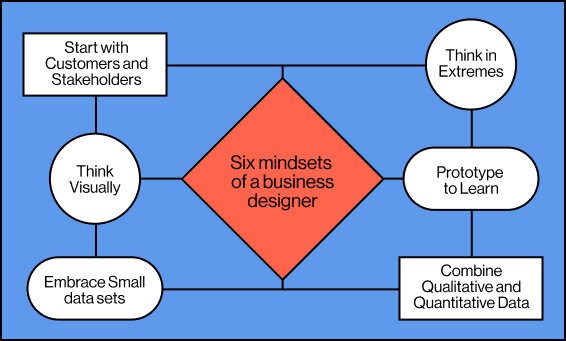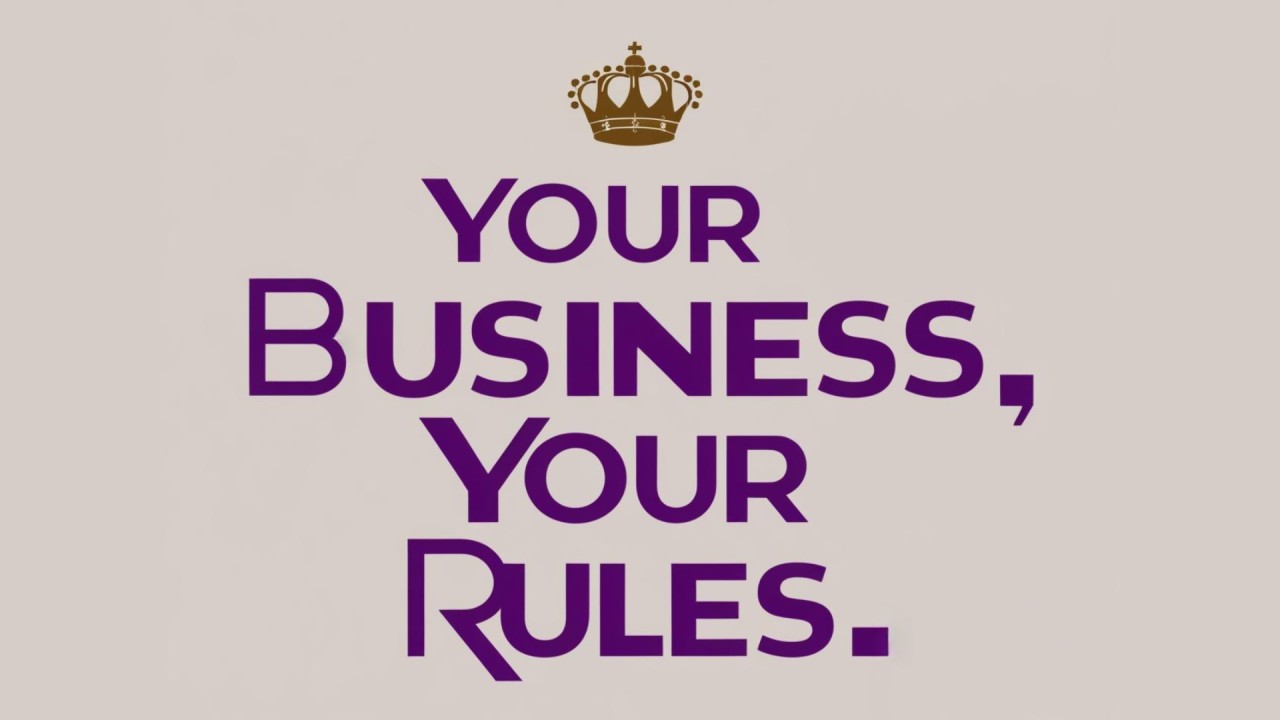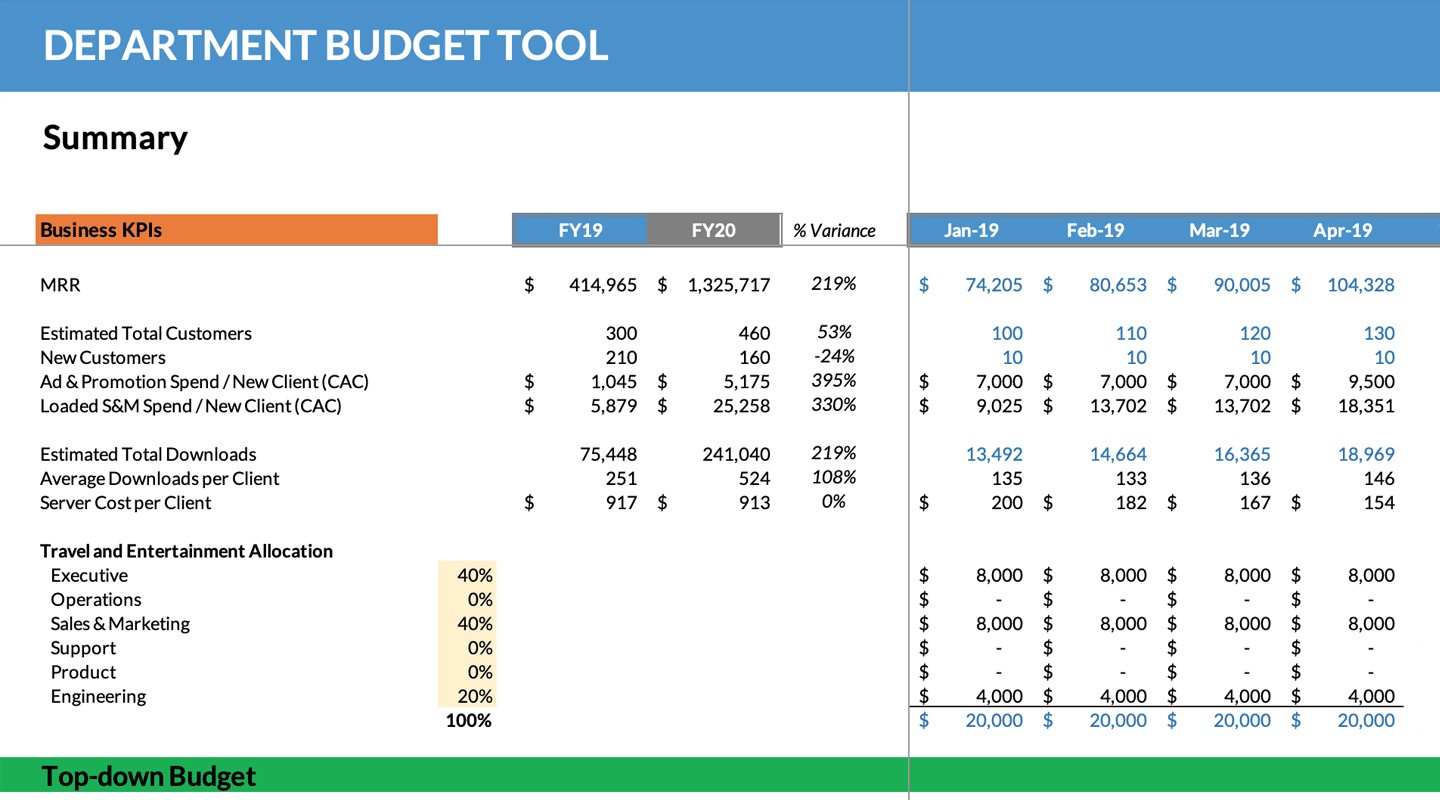In today’s rapidly evolving business landscape, companies are constantly searching for new ways to stay competitive, foster innovation, and connect meaningfully with their customers. While traditional business strategies have long focused on metrics, efficiency, and scalability, there’s a growing recognition that the mindset and methods of designers offer valuable lessons that can reshape how businesses operate. Designers, by nature, are problem solvers who approach challenges with empathy, creativity, and a deep understanding of human behavior. Their way of thinking—often referred to as design thinking—is not just about aesthetics or product development; it’s a philosophy that can transform entire organizations.
One of the most powerful lessons businesses can learn from designers is the importance of empathy. Designers begin their process by understanding the needs, desires, and frustrations of the people they’re designing for. This human-centered approach ensures that solutions are not only functional but also emotionally resonant. In contrast, many business decisions are made based on data and projections, sometimes overlooking the nuanced realities of customer experience. By adopting a designer’s lens, businesses can move beyond demographics and analytics to truly understand their customers’ lives. For example, when Airbnb was struggling in its early days, its founders used design thinking to walk in the shoes of their users—literally staying in hosts’ homes to identify pain points. This led to a series of changes that dramatically improved the platform and helped it scale globally.
Designers also embrace ambiguity and iteration, which can be uncomfortable for businesses accustomed to linear planning and predictable outcomes. In design, failure is not a setback but a step forward. Prototypes are built quickly, tested, and refined based on feedback. This iterative process encourages experimentation and learning, allowing ideas to evolve organically. Businesses that adopt this mindset can become more agile and resilient. Consider how tech companies like Google and IDEO foster cultures where rapid prototyping and user testing are integral to product development. These organizations understand that innovation rarely emerges from a single stroke of genius; it’s the result of continuous refinement and responsiveness to real-world input.
Another valuable principle from the design world is the emphasis on collaboration. Designers often work in multidisciplinary teams, bringing together diverse perspectives to enrich the creative process. This collaborative spirit breaks down silos and encourages open dialogue, which is essential for solving complex problems. In business, departments can become isolated, each focused on its own KPIs and objectives. By fostering cross-functional collaboration, companies can unlock new insights and drive more holistic solutions. A great example is how Apple integrates design, engineering, and marketing teams early in the product development cycle, ensuring that every aspect of a new product—from functionality to user experience to brand messaging—is aligned and cohesive.
Designers also understand the power of storytelling. They don’t just create products; they craft narratives that connect with people on an emotional level. This skill is increasingly important in a crowded marketplace where consumers are bombarded with choices. Businesses that can tell compelling stories about their brand, mission, and values are more likely to build loyalty and trust. Patagonia, for instance, doesn’t just sell outdoor gear—it tells a story about environmental stewardship and ethical manufacturing. That narrative resonates deeply with its audience and differentiates it from competitors. By learning to communicate with clarity and emotion, businesses can forge stronger relationships with their customers and employees alike.
Moreover, designers are trained to see the big picture while paying attention to the smallest details. They consider how every element of a product or service contributes to the overall experience. This holistic thinking is crucial for businesses aiming to deliver consistent and memorable customer journeys. Whether it’s the layout of a retail store, the tone of a customer service interaction, or the ease of navigating a website, every touchpoint matters. Companies like Starbucks have mastered this approach, designing their stores, menus, and mobile apps to create a seamless and inviting experience that reflects their brand identity.
Importantly, the designer’s mindset encourages a shift from problem-solving to problem-framing. Instead of jumping to solutions, designers spend time understanding the root causes and reframing the challenge in a way that opens up new possibilities. This approach can be transformative for businesses facing complex or persistent issues. For example, rather than asking how to increase sales, a company might ask how to better support customers in achieving their goals. That subtle shift in framing can lead to more meaningful innovations and long-term success.
Incorporating design thinking into business doesn’t require hiring a team of designers or overhauling existing structures. It starts with cultivating a culture that values curiosity, empathy, and experimentation. Leaders can encourage their teams to engage with customers more deeply, test ideas early and often, and collaborate across disciplines. They can also model the behaviors of great designers—listening actively, embracing uncertainty, and staying open to new perspectives.
Ultimately, what business can learn from designers is not just a set of tools or techniques, but a way of seeing the world. It’s a mindset that prioritizes people, embraces complexity, and seeks beauty in both form and function. As markets become more dynamic and customer expectations continue to rise, businesses that integrate design thinking into their DNA will be better equipped to innovate, adapt, and thrive. The future belongs to those who can blend analytical rigor with creative insight—and designers have been doing that all along.





